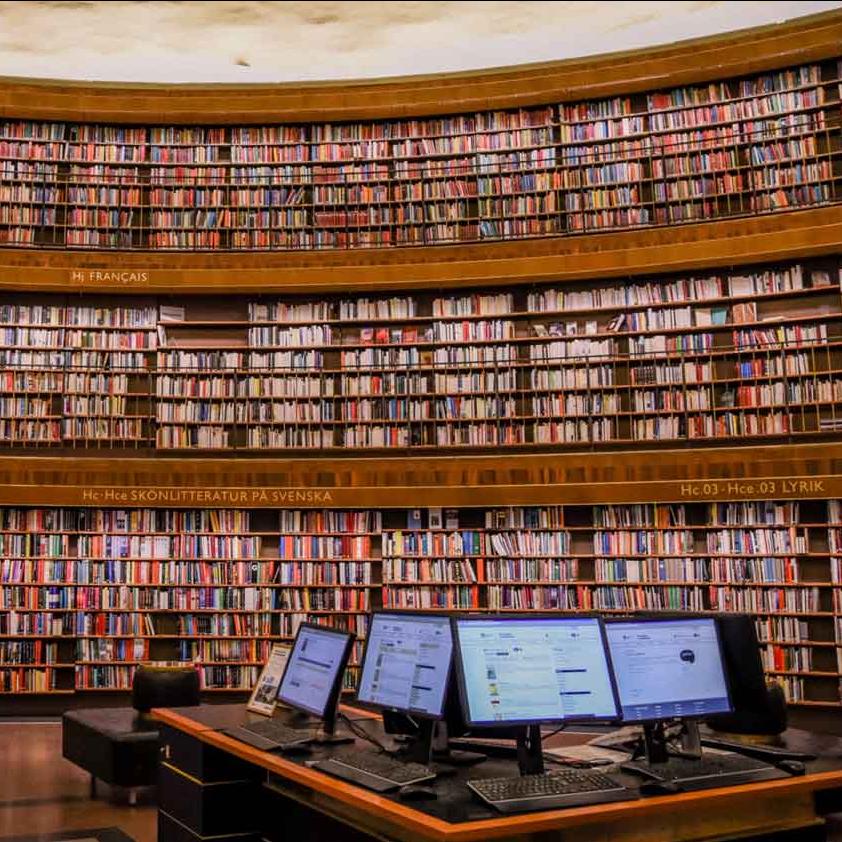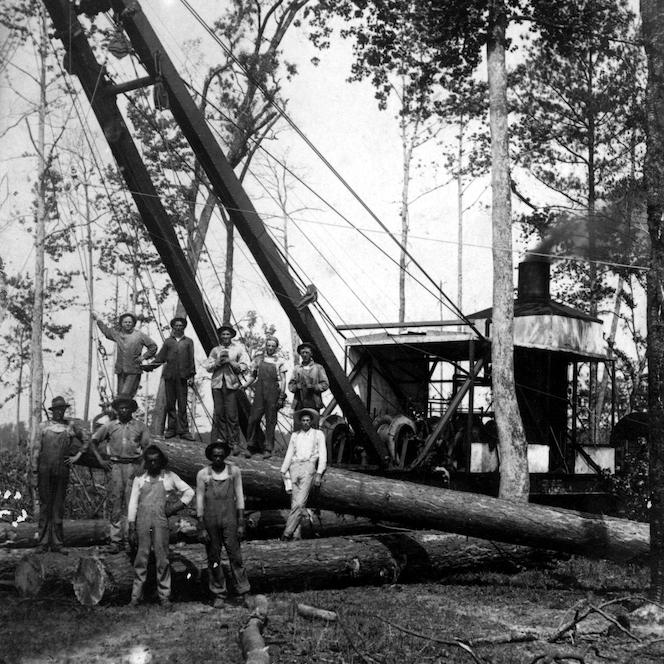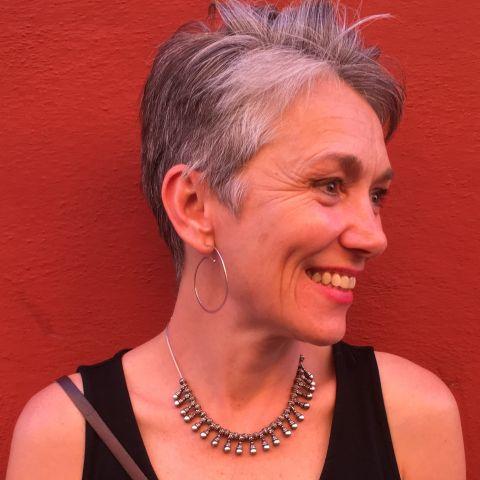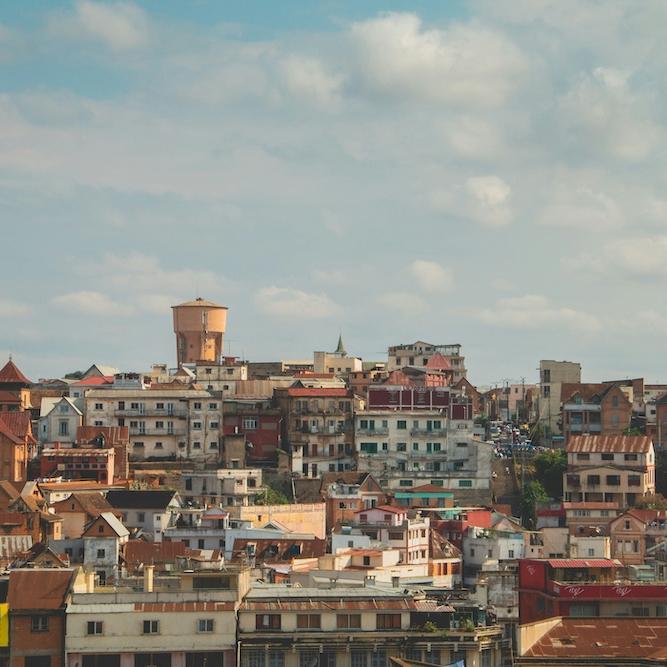This month, I became inducted into a club that never would have had me as a member; I became a fellow of the Linnean Society. The world’s oldest active biological society, founded in 1788 for the production of natural history by gentlemen in the metropole, for “armchair naturalists and collectors” as art historian Sria Chatterjee aptly describes them. It was established to exclude everything I represent as a Black woman. It is not lost on me that the taxonomy, invented by Swedish botanist Carl Linnaeus and adopted in Europe, is an extension of race as a colonial sorting tool of empire, as Ann Laura Stoler puts it.42 The taxonomy of race attempted to order and enclose that which could not be bounded, Black life.
The relationship between Black women and research is fraught because we have been the very specimens of taxidermy. I have conducted archival research for the past few years at the Linnean Society (Royal Academy) in London, where I have traced the original letters of white creole traffickers of human, animal, and plant life. The research is for a book I am writing on Afro-Asian plantation life titled After Eden. Natural history research is as much reading against the language of the archival grain as it is examining sketches, drawings, and paintings of animals and plants. The visuality of such European colonial archives is striking because it produces another fiction: the underside of the pastoral. Alongside this pictorial taxonomy of non-human life is the accounting and management of Black, Chinese, and Indian life.43 These pictures are not exactly art, but science, not representation, but intended as fact. The violence of the plantation order enclosed my forebears for centuries in the Antilles and tried and failed to erase Indigenous West African and Southern Chinese epistemologies.
Read the entire response by Professor Tao Leigh Goffe in Conversation Piece: The Arts, Environmental Justice, and the Ecological Crisis | Issue 18 - November 2020 | Issues | British Art Studies





